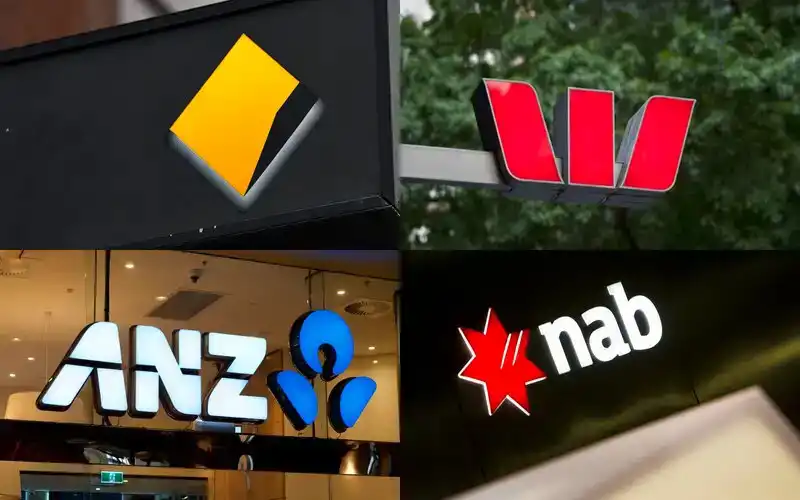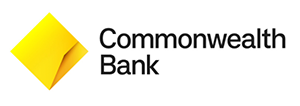
When looking for an institution to park your cash, the major banks are often a first port of call. For many, it’s a no-brainer, and for good reason. Maybe you already bank with one of them, have a home loan or car loan through one, you have multiple products and want to see them in one app, or you just like the fact they’re huge.
However, all banks in Australia are covered under APRA’s $250,000 guarantee in the unlikely event of a bank collapse. So in this regard, you can bank with confidence with all of Australia’s 100-plus institutions authorised to take a deposit (ADI).
So apart from size and scale, when shopping for a term deposit, it pays to look at a few key areas: the term itself, the interest rate, the maximum and minimum deposits, and how and where the interest is paid.
You’ll likely discover the major banks offer rates that may not be the best-of-the-best, but certainly aren’t too shabby, especially if you’re taking advantage of one of their ‘special offer’ products, which tend to be on 12-month terms.
Compare term deposits from the major banks
CommBank term deposit rates
-
Has special offer rates that tend to be higher than normal products
-
Choose a term from 1 month to 60 months (5 years)
-
Interest is paid anywhere from every 28 days to at maturity
-
Minimum deposit is $5,000, and the maximum is $2 million; for amounts greater than this, it’s advised you speak to CBA directly
-
Interest is paid into an account linked to the NetBank app, and you can provide instructions on whether to rollover or end the deposit once it matures
Westpac term deposit rates
-
Has special offer rates that tend to be higher than normal products, plus a bonus if you open or renew online
-
Choose a term from 1 month to 60 months (5 years)
-
Interest is paid monthly, annually, or at maturity
-
Minimum deposit is $5,000, with a maximum of $5 million.
-
Interest is paid into a linked eligible Westpac account, and at rollover, you can take the interest, renew, or part-renew
NAB term deposit rates
-
Choose a term anywhere from 28 days to 60 months (5 years)
-
For terms of 12 months or longer, interest is paid either monthly, quarterly, half-yearly, annually, or at maturity; terms shorter than 12 months are at maturity
-
Minimum deposit is $5,000, and the maximum is $2 million; for deposits greater than this, speak to NAB directly
-
Terms shorter than 12 months see interest paid into the term deposit account; terms longer than this can have interest paid into a NAB or non-NAB account. Only the principal is held in the term deposit account.
ANZ term deposit rates
-
Advance Notice term deposits, with 31 days' notice to withdraw, have higher interest rates than regular ANZ term deposits
-
Choose a term anywhere from 7 days to 60 months (5 years)
-
Interest payment options are either monthly, quarterly, half-yearly, annually, or at maturity
-
Minimum deposit of $5,000, up to $1,999,999; for deposits greater than this, contact ANZ directly
-
Interest is paid into a nominated bank account
How to choose the right term deposit
Not all term deposits are created equal, and choosing the right one can make all the difference. Here’s what to consider when comparing term deposits:
Align the term with your financial goals
Ask yourself a basic question: What is this money for, and when will I need it?
Is it for building an emergency fund, saving for a home deposit, or just stashing extra cash safely? The term you choose should reflect your timeline.
Short-term deposits often last anywhere from 3 to 12 months and offer flexibility if you anticipate needing funds soon. Meanwhile, longer-term options can last for years and typically deliver higher interest rates. Your money is inaccessible until maturity, unless you forfeit interest or pay a break fee.
Look beyond the interest rate
While it’s tempting to chase the highest rate, a closer look at the fine print is essential.
Consider how often interest is paid, and how often. For example, if you’re a retiree who wants to live off the interest, you might want to choose a more frequent interest payment even if it means a slightly lower rate.
You’ll also want to see how and where it’s paid - many banks will open a branded transaction account for you and have interest paid there. Some allow you to link an external bank account.
Understand the penalties for early withdrawal
Unlike a savings account, term deposits come with a fixed term. If you need to break the deposit early, you’ll usually face a break fee and a reduction in the interest earned.
Many banks also require up to 31 days’ notice to access the funds early, so liquidity matters.
Only deposit the cash you can afford to lock away; it’s generally not advised to open a TD account at all if you think you’ll need that money.
How major bank term deposits compare with the market
See how term deposits from major banks measure up against the big four banks and other market alternatives.
First published in May 2020








